Tattoos have grown in popularity and mainstream appeal, with almost 75% of Americans asserting they like the look of tattoos. In fact, 41% of under-30-year-olds and 46% of 30- to 49-year-olds have at least one tattoo, according to Pew Research Center.
With this rise in popularity, it begs the question — what do tattoos mean to different people? Out of 50 people to get a dragon tattoo, the design, colors, additional wording, and overall meaning can be vastly different among each one.
Learn more about the different symbolisms of a dragon tattoo, including dragon type, accepted symbolism, and more.
The Symbolism of a Dragon Tattoo in China
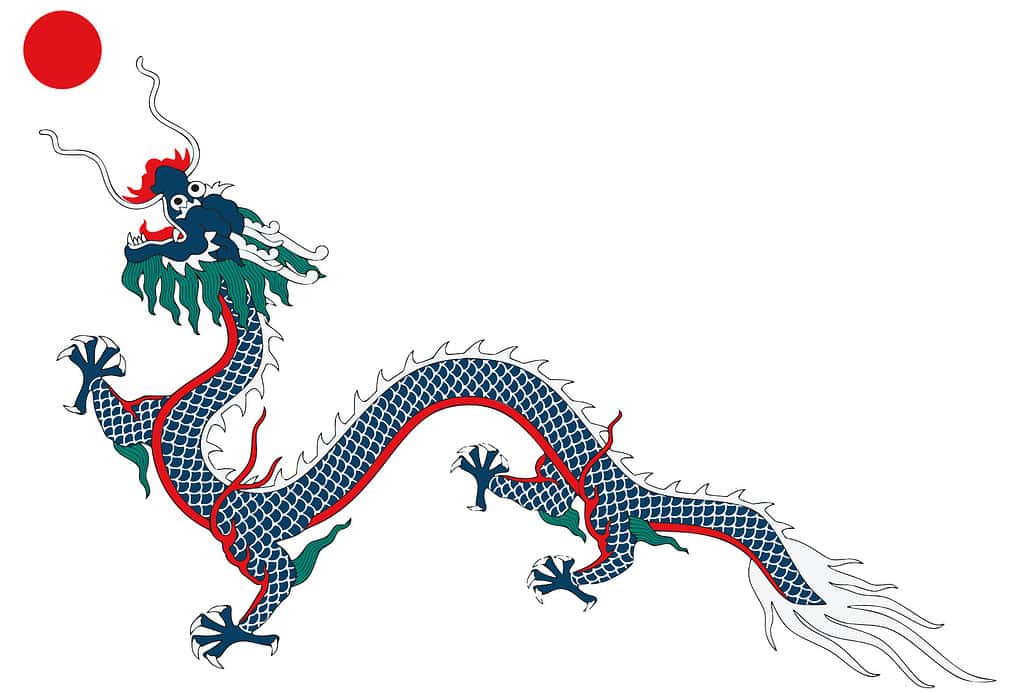
Qing Dynasty dragons had five fingers.
©RootOfAllLight / CC BY-SA 4.0 – License
In China, dragons remain an instrumental creature with significant symbolism. After all, it’s one of the several Chinese zodiac animals. Chinese dragon tattoos, set apart by their open mouths, tightly wound bodies, branched horns, and colorful scales, signify:
- Good luck.
- Strength.
- Health.
- Half of the balance formula — the male “yang” side of the “yin/yang.”
Chinese dragon tattoos can carry one, or all of these meanings. It also may communicate appreciation for Chinese culture or heritage.
The Symbolism of a Dragon Tattoo in Japan
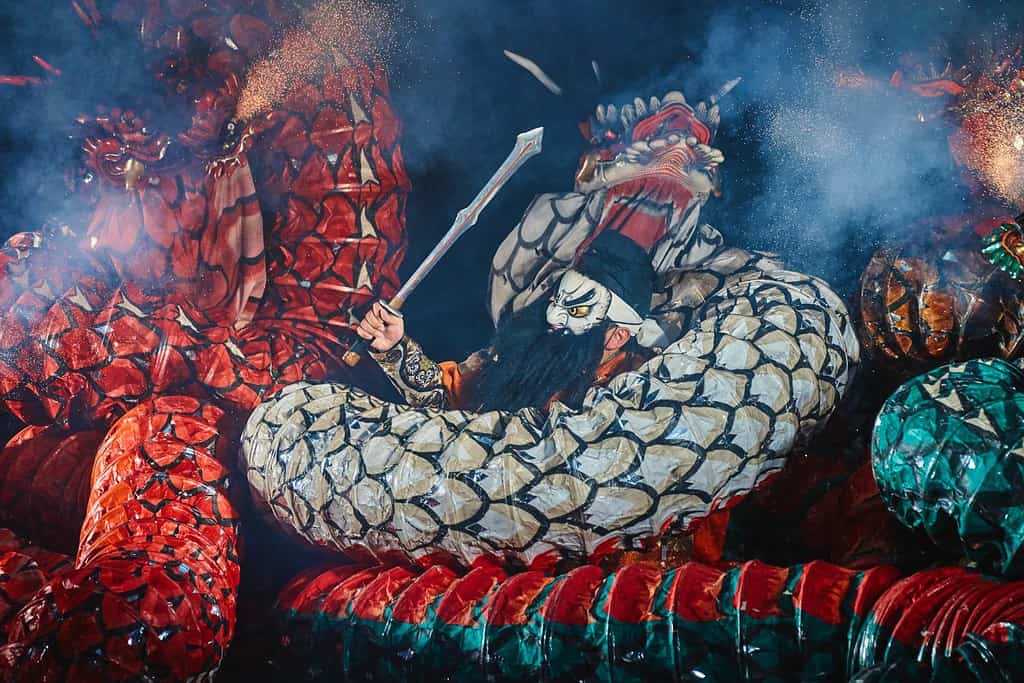
In Japanese legends, samurai fought against dragons.
©north-tail/Shutterstock.com
Irezumi, or the Japanese word for tattoo, often refers to traditional Japanese-style tattooing. This style includes iconic imagery of Japanese mythology and culture like the dragon, the koi fish, waves, and more. Japanese dragons look similar to Chinese dragons in tattoos, but the Japanese dragon usually only has three toes a paw rather than four or five, a short beard and mustache, and no flowing mane.
In Japan, dragons symbolize:
- Wealth.
- Strength.
- Good fortune.
- Happiness.
- Courage.
- Wisdom.
- Power and protection.
The Symbolism of a Dragon Tattoo in Europe
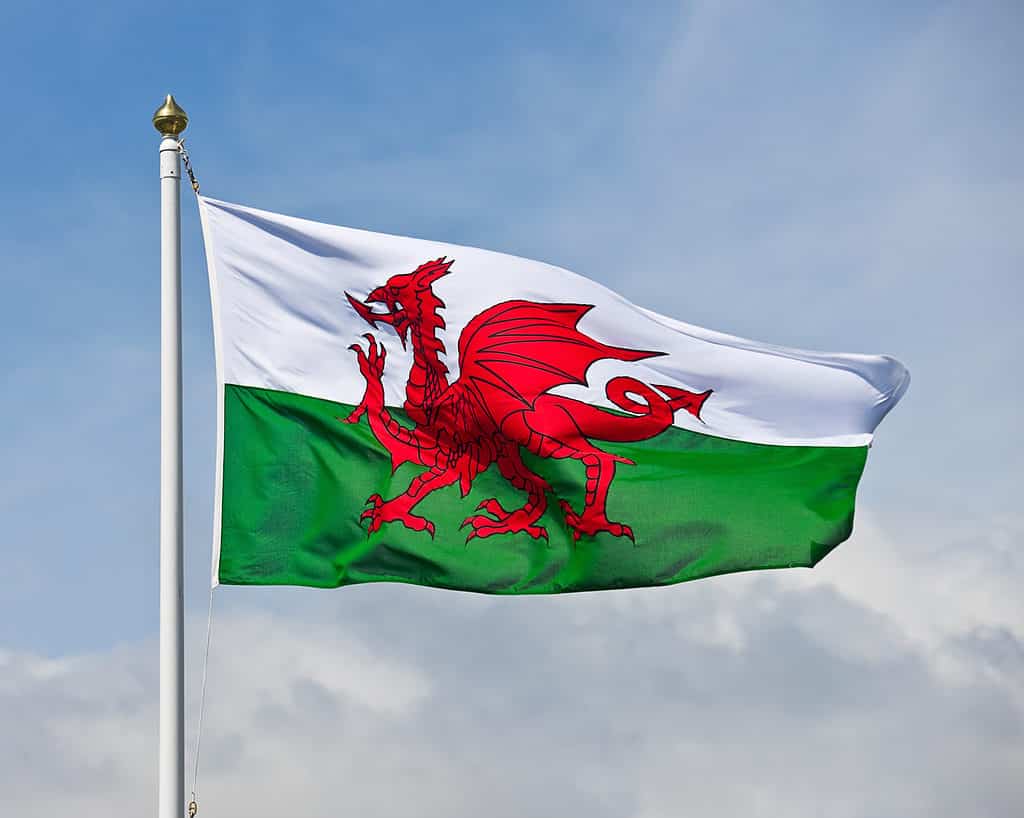
The flag of Wales features a red dragon that may date back to the Romans.
©Jane McIlroy/Shutterstock.com
Celtic dragon tattoos look very different from Asian dragons. This swirled, twisted “snake” employs Celtic knots in its design as well. Celtic mythology places the meanings of magic, strength, intelligence, and power within the dragon.
In Celtic mythology, dragons symbolized great mystical energy, places of great power, and guardians of immeasurable treasure. Even in the Middle Ages, the Gauls of Western Europe marched under a flag with a dragon image that read, “The Red Dragon Leads the Way.”
Other cultures in Europe denounced dragons in their fiction and oral traditions — like the story of St. George slaying the dragon before the king. When it comes to the symbolism of a dragon tattoo with European ties, the meaning depends on the country, time period, and culture.
The Symbolism of a Dragon Tattoo in Mexico
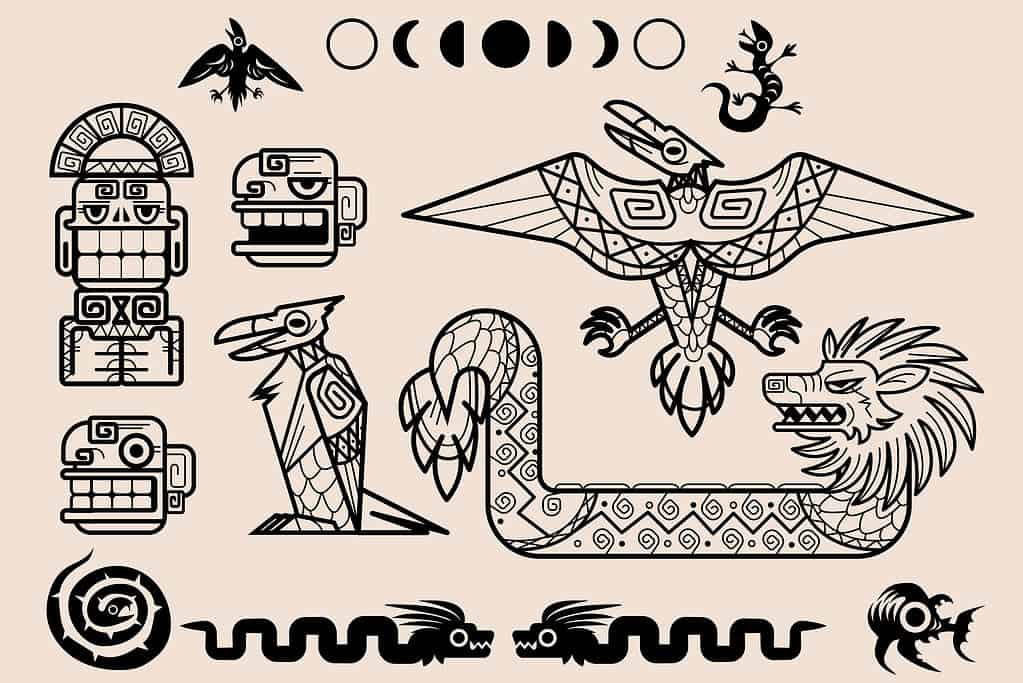
Ancient Mesoamerican culture featured dragon imagery.
©klyaksun/iStock via Getty Images
Mexico is home to many ancient civilizations that saw the dragon as an influential creature. Specifically, the Aztec and Mayan civilizations created illustrations and designs with dragons that have persisted in popularity today.
The most famous is the Mayan Ouroboruos, which depicts a dragon in a circle eating its tail. The Mayans created this to symbolize the “circle of life” as they understood it — a process of regeneration, rebirth, and constant recreation of the self to become a better, stronger person.
Aztecians worshiped a god named Quetzalcoatl, depicted as a feathered serpent (or, a dragon). He was essentially the creator deity in their religion, spanning the boundary between Earth and sky and creating humans. Tattoos of Quetzalcoatl symbolized something similar to Ouroboruos: death and resurrection.
The Symbolism of a Dragon Tattoo in Korea
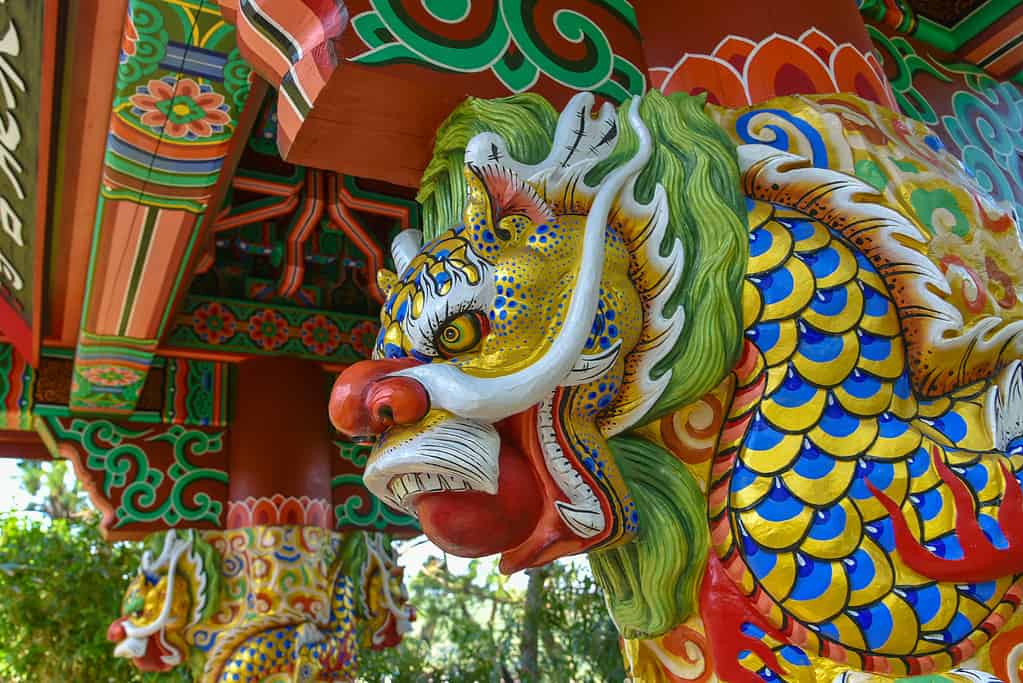
Haedong Yonggung Temple in Busan, Korea features a dragon sculpture.
©kuenlin/iStock via Getty Images
Departing from the meanings of dragons in China and Japan, South Korean culture sees dragons as youthful creatures. They’re also regarded as creatures with deep ties to the land and resources of Korea, so they symbolize the sky, rivers, and lakes, too.
The Symbolism of a Dragon Tattoo in Ancient America
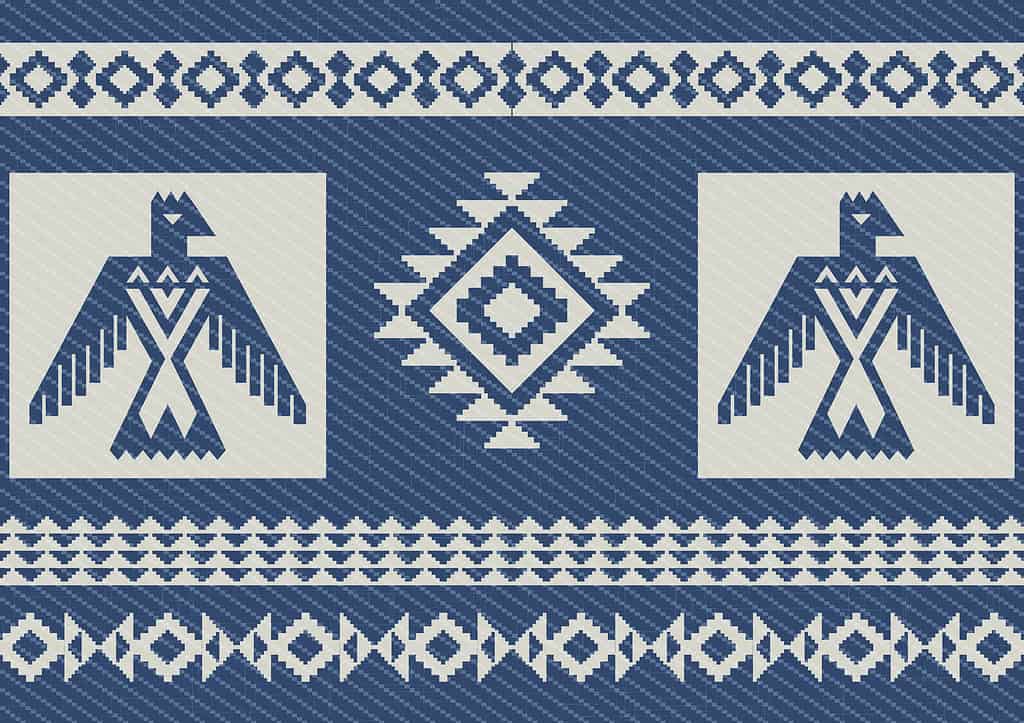
Native Americans used Thunderbirds more than dragons in their tattoos.
©Irina Knyazeva/iStock via Getty Images
Native American tribes in ancient America tattooed each other for thousands of years as a way to denote social status, display achievements, mark a coming-of-age ceremony, and depict religious beliefs. In some Native American cultures, the image of a dragon conveyed grace, strength, and wisdom. Some swapped out “wisdom” for intelligence.
While the dragon has some meaning to Native American tribes, many chose to use other mythical creatures like the Thunderbird instead.
The Symbolism of a Tribal Dragon Tattoo
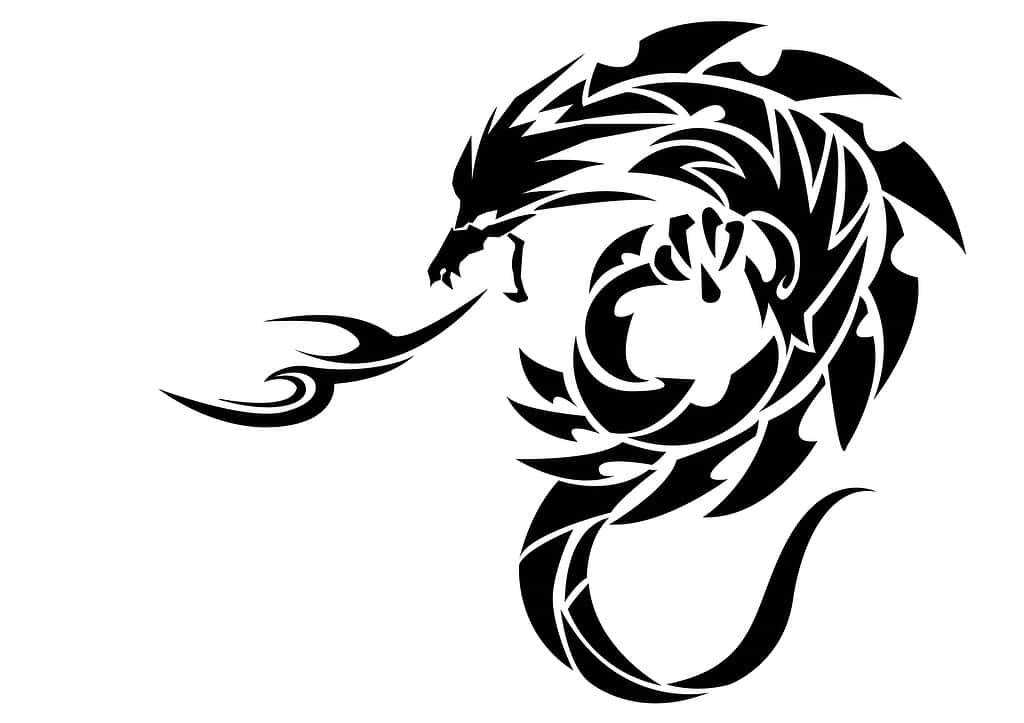
Tribal dragon tattoos hold varying meaings depending on the tribe or community.
©ARAKAWA TOMOKO/iStock via Getty Images
The term “tribal” tattoo is a loose reference to the countless different tribes, communities, and cultures that use specific illustrations and imagery to indicate membership and social status. Tribal dragon tattoos will mean something different to each unique community. Some of the most common meanings include:
- Inner strength.
- Knowledge.
- Power.
- A pursuit of more.
Dragon Tattoos in Popular Culture

Those who enjoy dragon-centric entertainment may get a tattoo of the dragon character to memorialize their enjoyment of the media.
©Refluo/iStock / Getty Images Plus via Getty Images
When talking about dragon tattoos in popular culture, The Girl with the Dragon Tattoo comes to mind. The girl in question, Lisbeth Salander, has a multitude of tattoos covering her body, including a dragon. The novel and movie use her dragon tattoo, as well as tattoos in general, to symbolize an assertion of power over her own body.
In popular culture in general, famous dragon-like characters may make it to someone’s body art simply because they love the piece of media — and getting a tattoo of it immortalizes the fictional character. Some of the most popular dragons include:
- Shenron, a wish-granting dragon from the Dragon Ball universe.
- Any dragon in the Eragon series.
- Smaug, a dragon in The Hobbit.
- Toothless, the main dragon in How To Train Your Dragon.
- The House Targaryen crest from Game of Thrones, the Song of Ice and Fire book series, and House of the Dragon.
- Falknor, a dragon friend of Atreyu in The Neverending Story.
- The dragon form of Eustace Scrubb from The Voyage of the Dawn Treader, who transformed because of his selfish heart.
- Spyro, from the beloved console game of the same name.
- Dragonite, Charizard, or any dragon-type Pokémon at any evolution.
- Sisu, from Raya and the Last Dragon.
- Maleficent’s dragon form from Sleeping Beauty.
- Mushu, Mulan’s trusty but mischievous sidekick in Mulan.
- Haku from Spirited Away.
Dragon Ink
Whether you want to attach deep meaning to the dragon tattoo on your body or pay homage to a fictional character who changed your life, your dragon tattoo will join the ranks of good company.
The photo featured at the top of this post is © justtscott/iStock via Getty Images
Thank you for reading! Have some feedback for us? Contact the AZ Animals editorial team.







